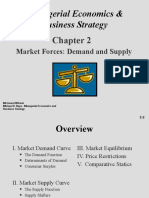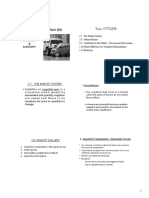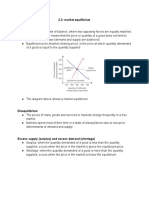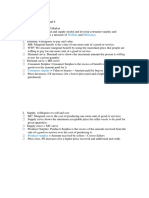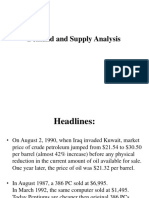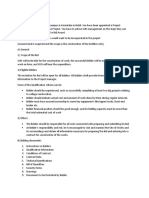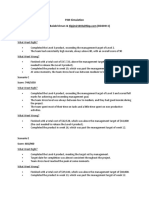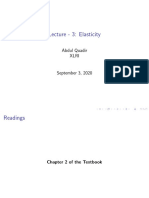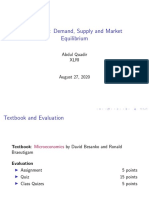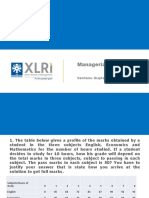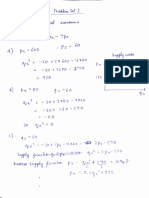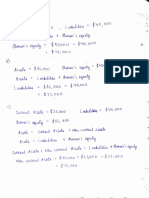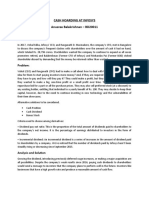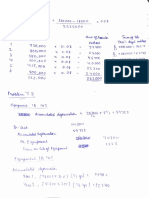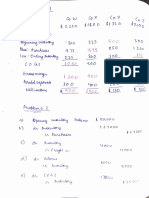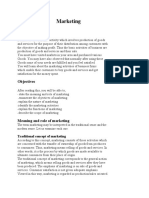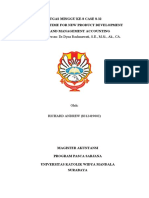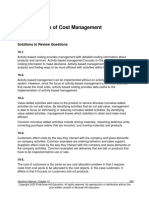0% found this document useful (0 votes)
68 views37 pagesLecture-3: Market Equilibrium and Applications: Abdul Quadir Xlri
This document summarizes key concepts around market equilibrium and applications including:
1. Consumer surplus is the difference between the maximum price a consumer is willing to pay and the actual price paid. It can be measured as the area under the demand curve and above the market price.
2. Producer surplus is the amount received by producers over and above the minimum price required to induce supply. It is measured as the area above the supply curve and below the market price.
3. Market efficiency occurs when competitive markets maximize the sum of consumer surplus and producer surplus. Price ceilings can result in deadweight loss by creating a shortage below the equilibrium quantity.
Uploaded by
anu balakrishnanCopyright
© © All Rights Reserved
We take content rights seriously. If you suspect this is your content, claim it here.
Available Formats
Download as PDF, TXT or read online on Scribd
0% found this document useful (0 votes)
68 views37 pagesLecture-3: Market Equilibrium and Applications: Abdul Quadir Xlri
This document summarizes key concepts around market equilibrium and applications including:
1. Consumer surplus is the difference between the maximum price a consumer is willing to pay and the actual price paid. It can be measured as the area under the demand curve and above the market price.
2. Producer surplus is the amount received by producers over and above the minimum price required to induce supply. It is measured as the area above the supply curve and below the market price.
3. Market efficiency occurs when competitive markets maximize the sum of consumer surplus and producer surplus. Price ceilings can result in deadweight loss by creating a shortage below the equilibrium quantity.
Uploaded by
anu balakrishnanCopyright
© © All Rights Reserved
We take content rights seriously. If you suspect this is your content, claim it here.
Available Formats
Download as PDF, TXT or read online on Scribd
/ 37
















